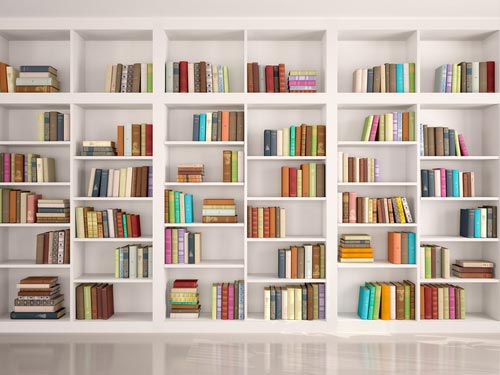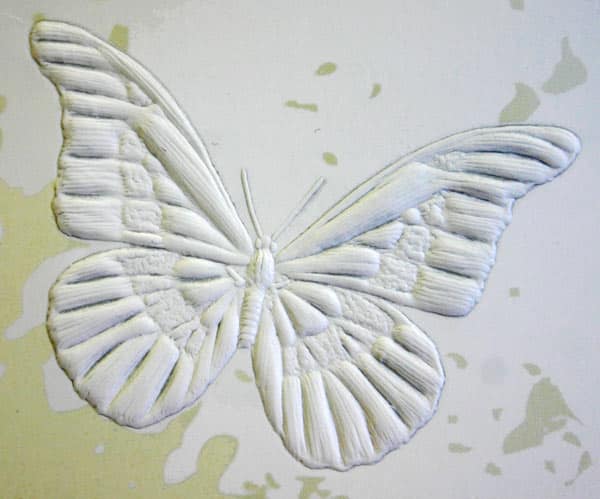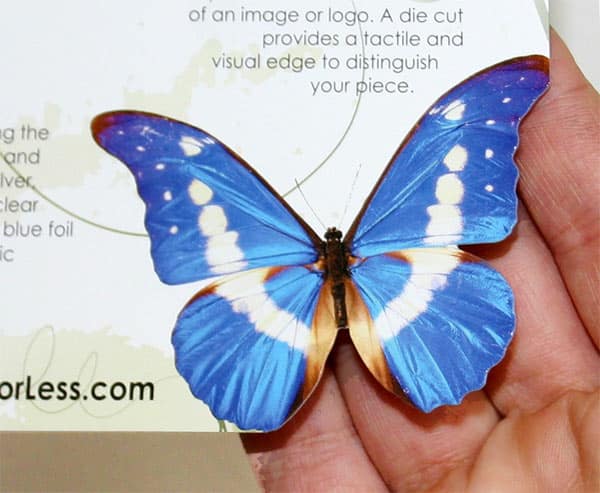While browsing a bookstore, I am like a crow with a bottle cap: I walk slowly, pecking around, until a shiny book jacket or spine catches my eye. The letters are debossed into the hardcover and filled with gold. I snatch it up, unable to help myself. That’s the one I want.

People are naturally attracted to the item in the room that is the shiniest, the smallest, the greenest, the sharpest, the most bizarre or outlandish — anything different. Difference piques curiosity.
Perhaps it’s a reflection of our own social desires: we want to be seen as unique, too. Dale Carnegie in How to Win Friends and Influence People calls out the “desire to be important” as one of the top human needs.
We all want to think we are the book with the classy jacket.
Uniqueness may not be easy to cultivate, but it is absolutely worth the effort — especially in business. Think about it. Everybody has a platform these days. There are over 1 billion YouTube users, with videos on every topic imaginable. Businesses no longer just sell things. They are subject-matter experts, teachers, and even entertainers.
How can your print materials catch your audience’s eye? How can they establish or maintain your credibility, your place in the market?
To answer that, we’ll have to look closer at that little hardcover book I found at the bookstore.
Memorable Experiences Are Multisensory
The book that caught my eye didn’t just catch my eye — it caught my sense of touch, as well. The most memorable experiences are multisensory.
Here’s an example. Imagine reading a book about the Rocky Mountains. If the text is well-written, you may feel awe-inspired by the bigness of the mountains. You may be able to see, in your mind, the view from a peak as gigantic shadows of clouds drift across a purple range below you. You may be able to imagine the rush of a creek or recall the smell of pine trees from a former experience.
But when you actually hike in the Rockies, all five of your senses are engaged. The experience transforms you. It moves you to action: to plan another vacation, to bring a loved one on your next visit, or maybe even volunteer to build trails.
There’s a similar effect when we handle printed materials. When our vision is the only sense being engaged (like the written content about the Rockies in the first example), we do respond emotionally — but it’s nowhere near as powerful as getting to do the thing firsthand, where all five senses are engaged.
The Power of Special Printing Effects
How can you engage multiple sense with your printed materials?
It all comes down to special printing effects. It’s that extra little bit, like the frosting on the cake, that makes your piece complete and truly memorable.
While the education industry is constantly toying with visual and sensory techniques to aid the learning process, modern businesses are using the same techniques to increase sales. And they’re getting results. TV commercials have done this with color and sound for years, while malls often incorporate scent and taste to influence buyer behavior.
You can do the same thing with your print materials. Here are several ways.
Embossing and Debossing
An emboss or deboss changes the texture of paper by raising (or lowering) a relief of a design. You’ve probably encountered embossed content before: it’s almost impossible not to touch it.
“Tactile stimuli go much deeper than visual or auditory stimuli,” says Dr. Martin Grunwald, founder of Leipzig University’s haptic research laboratory. Studies on haptics (the sense of touch) show that we understand material deeper when we go beyond what’s visual. The sense of touch is both learned earlier and retained longer than the other senses.

“There is still an enormous development potential in the field of haptic advertising,” says Grunwald. One way to tap into this powerful effect is through embossing or debossing. It creates a 3D experience out of a 2D object, beckoning the viewer to use their fingertips to touch the embossed section as they take in the visual message simultaneously.
When to use an emboss or deboss: These are most popular on business cards, brochures, and luxury print items like invitations to create a lasting impression. However, they’re not restricted to any type of print project, and can be combined with color or left uncolored (a blind emboss) to create real works of art.
Die Cutting
If you’ve ever held a print piece shaped in some other way than a square or rectangle, you’ve probably seen a die cut. Die cutting uses a metal blade (the die) to “stamp” a custom shape out of a printed piece. It can function as a window on the front panel of a brochure, enticing the reader to open it up and see the hidden parts of the message inside.

Die cutting can also create standalone pieces in unusual shapes (stars, hexagons, or your logo, for example). Pop-up book creation includes die cutting to create the elements that rise off the page.
When to use die cutting: Enhance an image or words by framing them or making them stand out against another background. Die cutting can get expensive, so use it for luxury items or high-value sales opportunities.
Unique Inks
While embossing and die cutting can be left blind and colorless, the addition of other special printing effects, such as glimmering foil stamping, can attract the eye and prompt your customer to touch.
Ink can even increase the amount of time customers spend interacting with your piece, and ultimately, your brand. Glow-in-the-dark ink, for example, can only be revealed in the dark — meaning your customer gets to have a little fun before they get your ultimate message. Every extra second your prospect spends with your design strengthens their connection to your business or brand.
When to use unique inks: Foil stamping is ideal for invitations, luxury businesses, certificates or awards, and classy business cards. It’s natural for customers to assume higher quality or elegance when they see a foil-stamped item. It looks expensive, and so the customer associates quality and class with your brand.
As for other unique inks like Pantone colors, metallic inks, and bioluminescent ink, the sky’s the limit. As long as these effects fit your message and brand identity, they’re sure to create a lasting impression.
Scratch-and-Sniff
It’s not just for the kids anymore. Scratch-and-sniff print designs excite your customers’ olfactory sense, which is nearly impossible to do in any other way. Despite having the ability to detect one trillion unique scents, humans haven’t yet incorporated anywhere near that many description words into our vocabulary for aroma. So don’t describe your bakery’s new item in a postcard: let the customer experience it through their own sense of smell.
When to use scratch-and-sniff: If you’re selling food, beauty, or bath products, scent plays a vital role. But aromatic advertising isn’t limited to specific industries. A holiday promotion at any company might do well to send out mailers that smell like fresh-baked cookies — or a kids’ clothing company could get great results from providing fun scratch-and-sniff promotional stickers.
Real Experiences Are Rare
When you put it all together, one thing is clear: real experiences are rare these days. Though the internet and technology as a whole has improved our productivity and allowed us to connect in a million new ways, our other senses long to interact with the world, too.
We still get a surge of joy when we taste, smell, and touch physical objects around us. And often, these are the feelings that last — and truly inspire us to take action. “Whereas visual and acoustic perceptions fade very quickly, tactile qualities create an important reinforcement of the stimulus.” This quote from the European Promotional Products Industry’s website (eppi-online.com) paints the perfect picture of the role special print effects play: tactile, and multi-sensory, experiences stick.
Like the bottle cap in the grass or my book on the shelf, your advertising too can sport an attractive flair in shape, texture, and visual appeal through various forms of special printing effects.
Need help with your print? Talk to a live print expert today: 800-930-7978.
